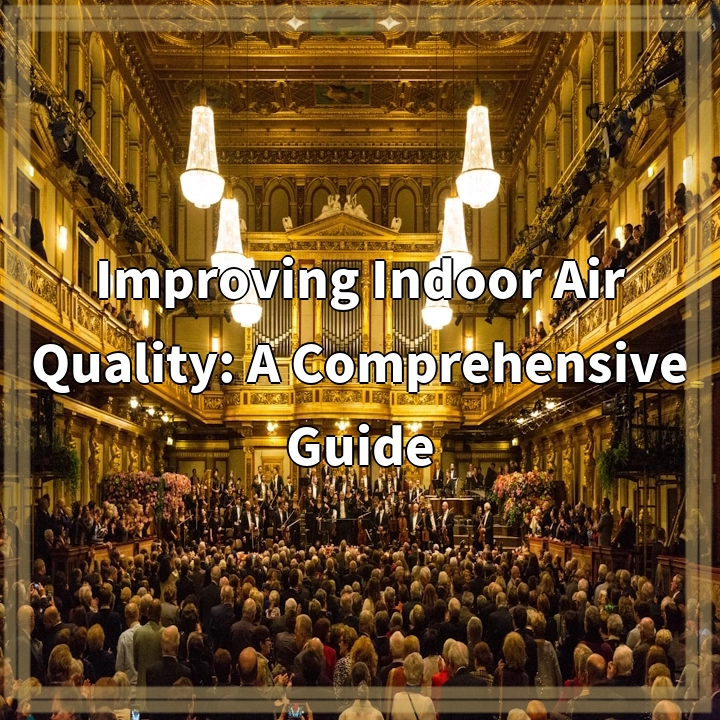
What is Indoor Air Quality?
Indoor air quality refers to the quality of the air within buildings and structures, specifically as it relates to the health and comfort of the occupants. It encompasses factors such as the presence of pollutants, temperature, humidity levels, and ventilation.
Real-World Problems Associated with Indoor Air Quality
1. Air Pollutants
Air pollutants in indoor environments can come from various sources, including outdoor pollution, building materials, cleaning products, and combustion processes. These pollutants can lead to respiratory issues, allergies, and other health problems among occupants.
2. Mold and Moisture
Excessive moisture and water intrusion in buildings can lead to the growth of mold and mildew. Inhaling mold spores can cause respiratory issues, allergies, and even contribute to the development of asthma or other respiratory conditions.
3. Poor Ventilation
Inadequate ventilation can result in a build-up of indoor air pollutants and a lack of fresh air. This can lead to increased concentrations of carbon dioxide, volatile organic compounds (VOCs), and other contaminants, which can cause discomfort, headaches, and difficulty concentrating.
4. Volatile Organic Compounds (VOCs)
VOCs are emitted as gases from a variety of sources, including building materials, furnishings, and household products. Prolonged exposure to high levels of VOCs can have detrimental effects on the respiratory system, as well as contribute to long-term health problems.
5. Radon
Radon is a naturally occurring radioactive gas that can seep into buildings through cracks and openings in the foundation. Prolonged exposure to high levels of radon can increase the risk of lung cancer.
6. Combustion Byproducts
Improperly vented gas appliances, such as stoves, heaters, and fireplaces, can release combustion byproducts such as carbon monoxide (CO) into the indoor environment. Inhalation of CO can be fatal or lead to serious health issues, especially in enclosed spaces.
Understanding the real-world problems associated with indoor air quality is crucial for creating healthier and more comfortable living and working environments. By addressing these issues, we can improve the overall well-being and quality of life for occupants.

Solutions for Improving Indoor Air Quality
1. Proper Ventilation
Ensure adequate ventilation in your living or working spaces. This can be achieved through the use of natural ventilation, such as opening windows and doors, as well as mechanical ventilation systems that provide a constant supply of fresh air.
2. Regular Cleaning and Maintenance
Regularly clean your living or working environments to minimize the build-up of dust, dirt, and allergens. Additionally, ensure proper maintenance of HVAC systems, filters, and ventilation systems to reduce the presence of pollutants.
3. Control Moisture and Prevent Mold
Address any sources of moisture and promptly repair any leaks to prevent the growth of mold and mildew. Adequate ventilation and dehumidifiers can also help control moisture levels and inhibit mold growth.
4. Use Low-VOC Products
Choose building materials, furnishings, and household products that have low or no volatile organic compounds (VOCs). Look for labels that indicate low VOC content or consider natural alternatives.
5. Radon Testing and Mitigation
Conduct radon testing in your home or workplace and, if necessary, implement mitigation measures to reduce radon levels. This may involve sealing cracks, installing ventilation systems or using specialized radon mitigation techniques.
6. Proper Use of Combustion Appliances
Ensure that all combustion appliances are properly vented and maintained. Install carbon monoxide (CO) detectors and regularly check their functionality. It is also advisable to have gas appliances inspected by professionals regularly.
Implementing these solutions can significantly improve indoor air quality and create healthier living and working environments. By taking proactive measures, we can ensure the well-being and comfort of occupants while minimizing the risks associated with poor indoor air quality.















